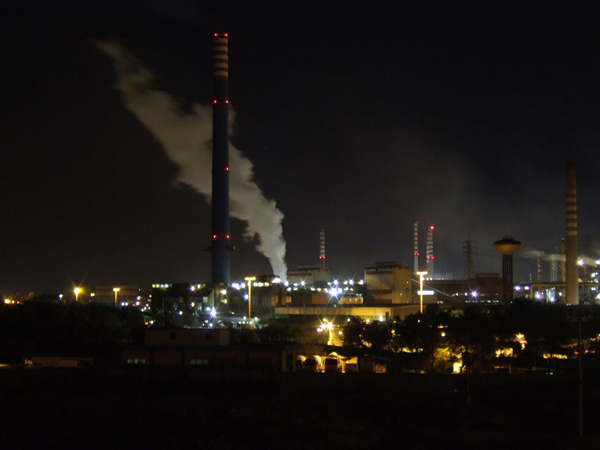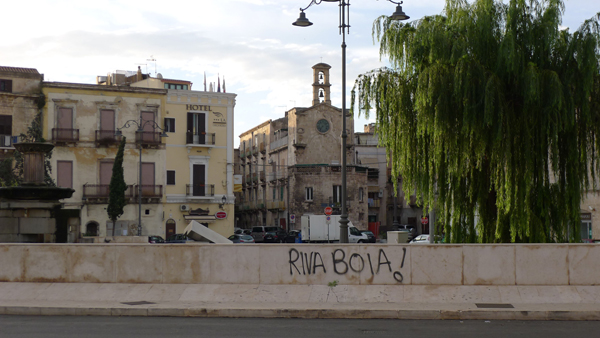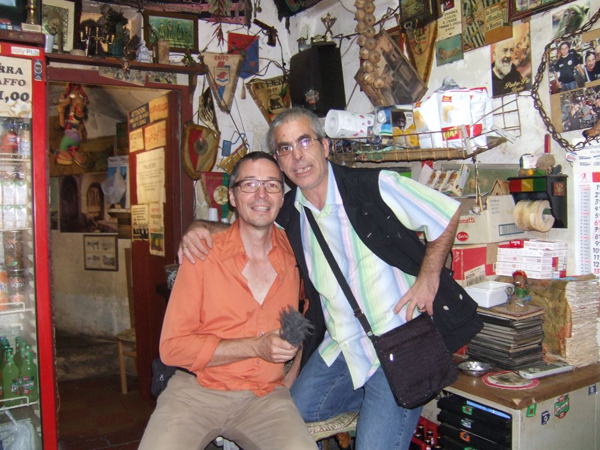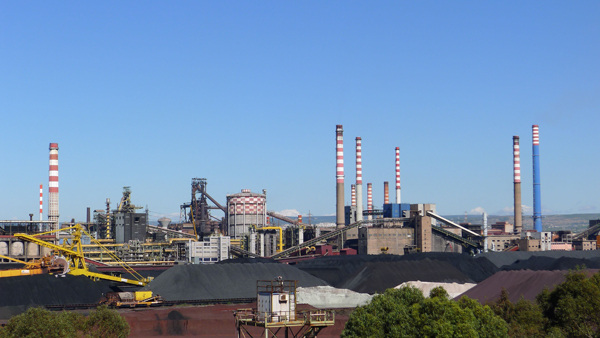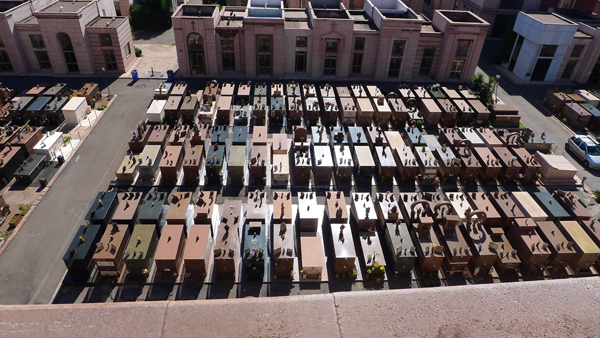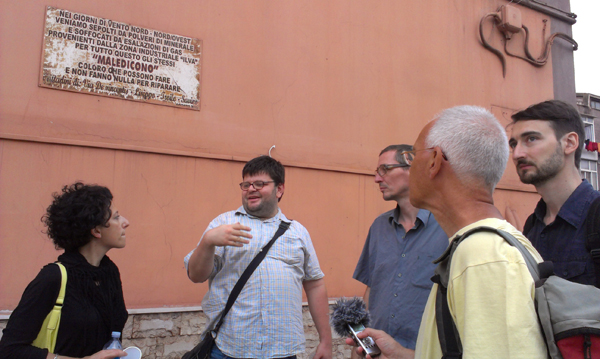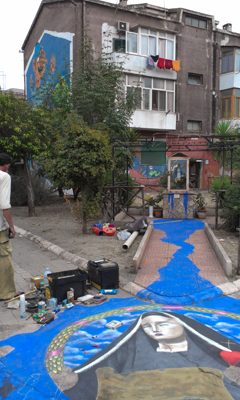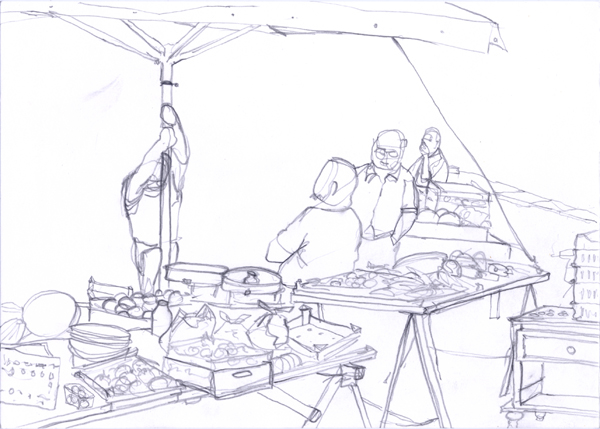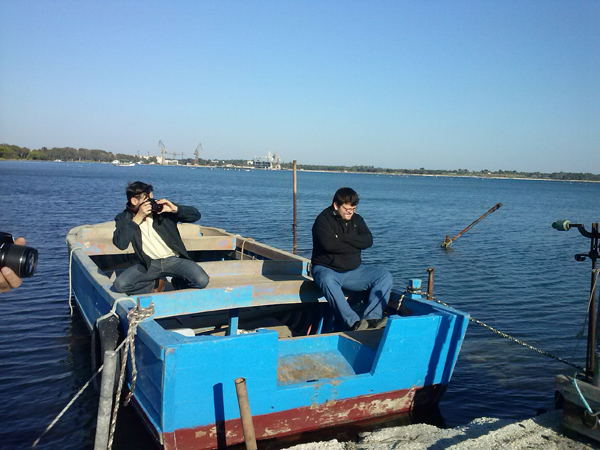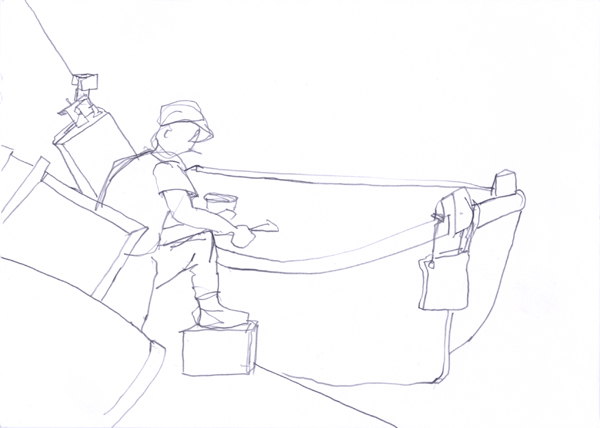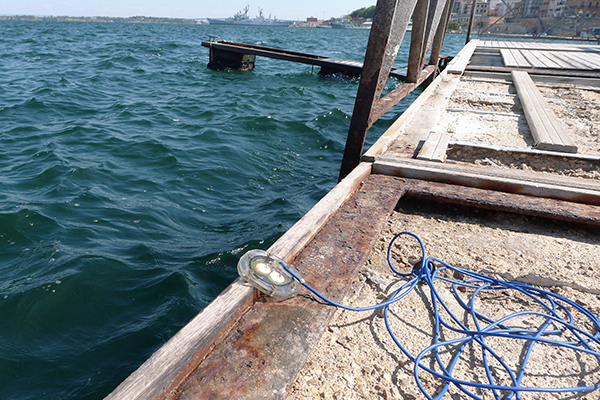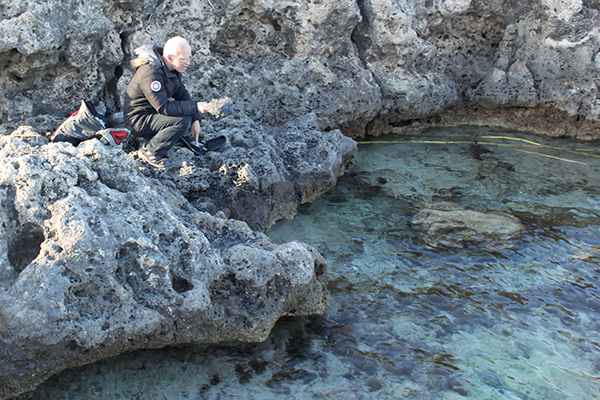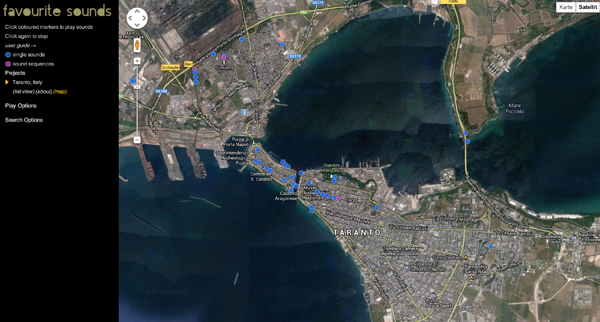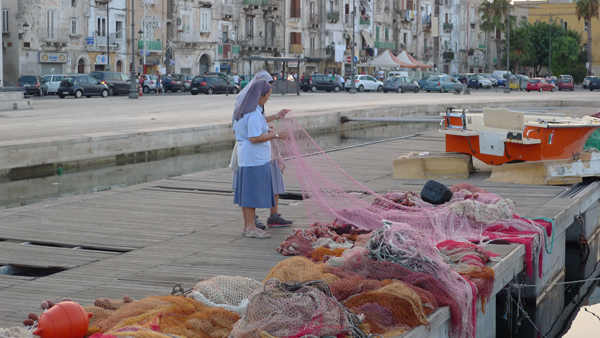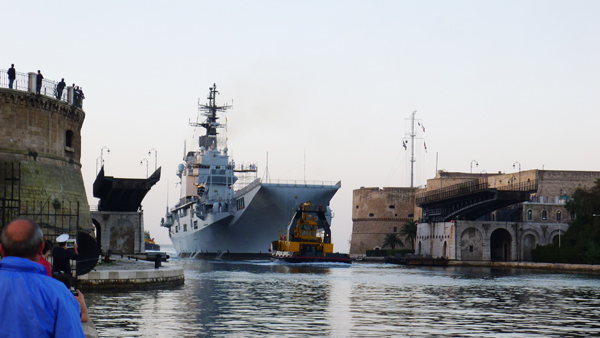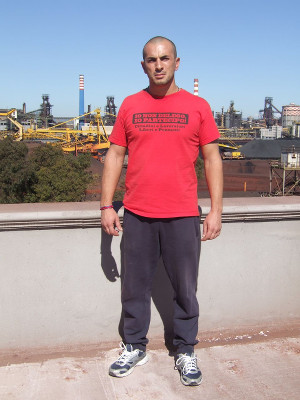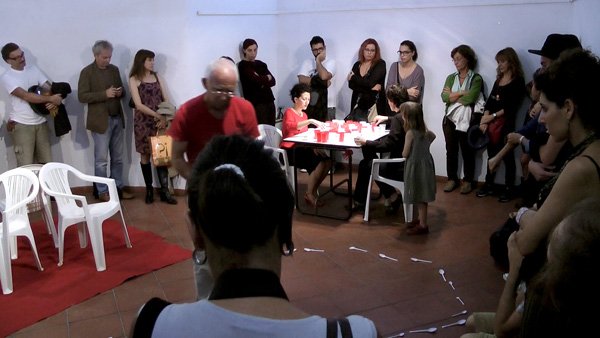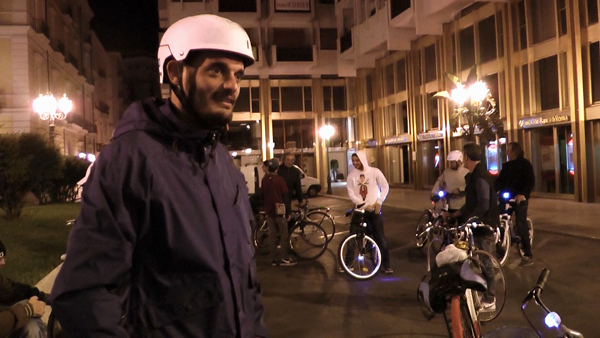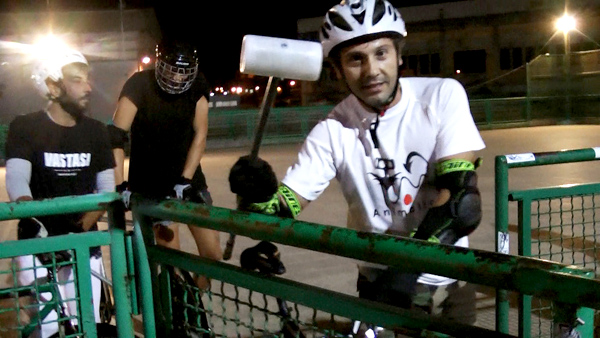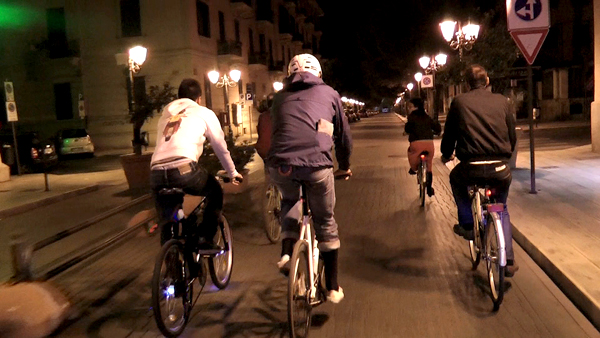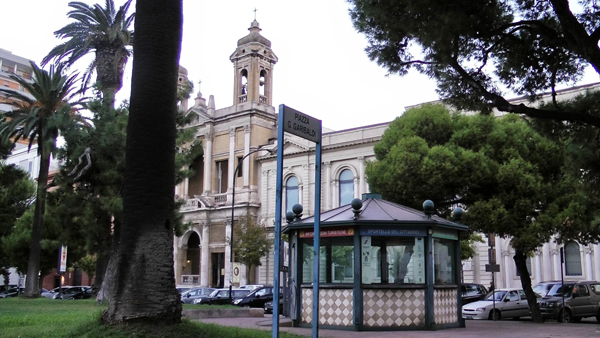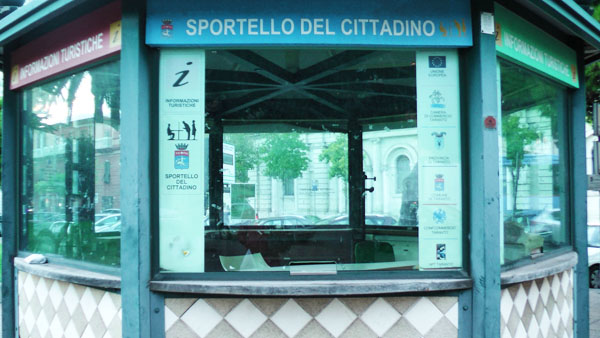Impressions of our residency in Taranto
24th September - 15th October 2013
Photo credits:
Wendelin Büchler
Peter Cusack
Alessandra Eramo
Georg Klein
Francesca Pizzo
Marco Sgura
Steffi Weismann
Presentation at the Municipal Gallery Castello Aragonese, Taranto
13 october 2013
Photo credits:
Wendelin Büchler
Ileana Giunta
Sven Rech
→ top
Wendelin Büchler
About Taranto
"The reportage drawings are the implementation of my acoustic perception in Taranto.
This seems to me an appropriate approach to the cheerful but also difficult life circumstances of the people in Taranto.
The latency contained in the process of listening and drawing plays with the different concepts of time.
Starting from these drawings in situ, I develope postcards and sound compositions on vinyl, dealing with the hopes of the Tarantinians,
which is focused on the future and with the actual carency of a cultural, touristic alternative in the city."
→ top
Peter Cusack
About Taranto
"The acoustic perception and concentration on the
sounds surrounding us can often tell much more about a place than the visual perception.
With the recorded sounds (field recordings) I approach the city and its inhabitants and develop a sound map around it.
Recent travels have brought me into contact with some difficult and potentially dangerous places. Most are areas of major environmental/ecological damage,
but others are nuclear sites or the edges of military zones.
The danger is not necessarily to a short-term visitor, but to the people of the area who have no option to leave.
Dangerous places can be both sonically and visually compelling, even beautiful and atmospheric."
→ top
Alessandra Eramo
About Taranto
"For many years now I have the same dream: I immerse myself in Mar Piccolo, but the water is black and it
scares me.
In reality, I've realized that I have to make friends with Mar Piccolo again.
Therefore I approached it, I listen to it, the beautiful, the raped.
I observe its inhabitants, fishermen, mussel farmers who I asked to
give me A'Zòc, the ropes where the tarentinian mussels are born.
This wonderful object, almost always hidden under the water, reminds me of my roots.
And my roots know about processions' melodies, slow gestures, dead Greek language, alive Tarentinian language and a rage that can only be transformed into poetry.
All this is the material that I use to create my sound installation"
→ top
Georg Klein
About Taranto
"With my site-specific photo-sound-installation I work the psycho-geographic situation of Taranto, a city trapped in between of two big powers:
the steel and petroleum industry in the northwest, and the navy and NATO harbour in the southeast.
The installation will be shown at an underpass way in the center, with a visual part on the top level (Due Forze - Two Powers)
and a second part in the underground (Terza Forza - Third Power), which will be worked out not only visually but also acoustically
with researched footage of a worker and activist of the town."
→ top
Steffi Weismann
About Taranto
"As an artist working in the context of audiovisual performance, I am very interested in the clashing of different realities in a live-situation.
This means I tease people to change their point of view.
I like to entertain people, but also to challenge them and sometimes to irritate them.
Often I use cheap material and everyday technology which I recombine alienated to find a new poetic quality or another level of communication.
The acoustic perception is highly rated in my art. During the residency in Taranto I tried to understand the complex and difficult situation of the city.
I have collected material from a very subjective point of view, which I process to create an audiovisual installation and performance in and
around an empty tourist pavillion."
→ top






